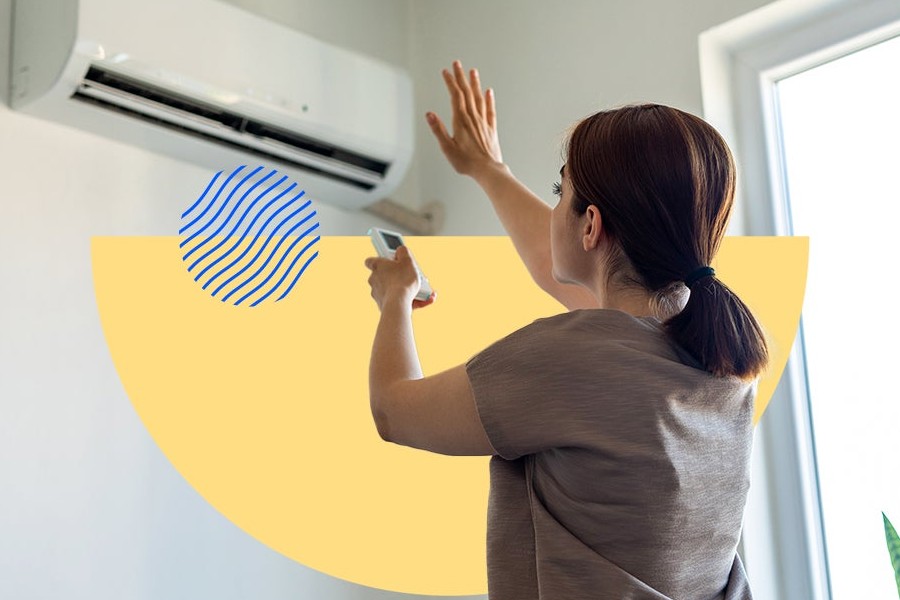
By Bretton Love
For new homeowners, understanding and maintaining the roof can be a crucial aspect of home upkeep that often goes overlooked.
The roof is your home’s first line of defense against weather elements and plays a pivotal role in protecting and maintaining the structural integrity of your entire property. Proper roof maintenance not only extends the lifespan of your roof but also prevents potential costly repairs and increases your home’s overall value. This guide will walk you through essential roof maintenance tips that every new homeowner should know to ensure their roof remains in optimal condition.
1. Inspect Your Roof Regularly
Regular inspection is key to maintaining the health of your roof. It’s recommended that you inspect your roof at least twice a year—once in spring and once in fall—plus after any major storms or extreme weather events. Look for signs of wear and tear such as cracked, missing, or damaged shingles; wear around vents, chimneys, and pipes; and any debris or overhanging branches. Early detection of minor problems can prevent them from escalating into major issues that can be much more expensive to repair.
2. Know When to Call Professionals
While minor roof maintenance can often be handled on your own, more significant issues should be addressed by professionals. If you notice extensive damage, ongoing leaks, or if your roof is aging and you’re unsure of its condition, it’s wise to seek professional help. You can find local experts by searching expert roofer near me on a search engine. Professional roofers can provide a more thorough inspection, diagnose issues with accuracy, and ensure that repairs are done safely and effectively. This approach not only helps in maintaining the roof but also ensures your safety by avoiding the risks associated with DIY roof repairs.
3. Clean Gutters and Downspouts
Clogged gutters and downspouts can lead to significant roofing problems by causing water to back up and potentially enter your home, leading to water damage both on the roof and inside your living spaces. Ensure that your gutters and downspouts are free of leaves, twigs, and other debris. This should be done especially before the rainy season and after the fall when leaves are most likely to accumulate. Regular cleaning helps maintain proper drainage and prevents water damage and deterioration at the edges of your roof.
4. Remove Moss and Algae
In damp climates, it’s common for moss and algae to grow on roof surfaces. These growths can retain moisture against the roof material, potentially leading to rot and degradation of shingles. To remove moss or algae, gently scrub the affected area with a mixture of water and bleach, and consider installing zinc or copper strips at the roof’s peak, which help prevent future growths. For larger infestations, it may be beneficial to contact a professional who can assess and treat the problem without damaging the roof.
5. Check for Roof Damage
When inspecting your roof, it’s important to thoroughly check for any signs of damage. This includes looking for missing, loose, or damaged shingles that may need to be replaced, inspecting metal areas for rust, checking for cracked caulk or rubber seals around vent pipes, and ensuring that all flashing is securely in place and functional. If damage is localized, replacing a few shingles or resealing around fixtures may suffice. However, extensive damage might require a larger section of the roof to be repaired or even a complete roof replacement, depending on the severity.
6. Ensure Proper Attic Ventilation
Proper attic ventilation is crucial in maintaining the health of your roof. Ventilation helps regulate temperature and moisture levels in the attic, preventing heat and moisture buildup that can lead to ice damming in winter and damage to shingles and roof structures in the summer. Make sure that your attic has adequate intake and exhaust vents to keep air circulating naturally. This not only extends the life of your roof but also improves energy efficiency in your home by stabilizing attic temperatures, reducing the burden on your heating and cooling systems.
7. Trim Overhanging Tree Branches
Overhanging tree branches can pose several risks to your roof. They can scrape and gouge roofing materials when moved by the wind, and they can drop leaves and debris that contribute to gutter clogs. Additionally, branches close to the roof provide easy access for squirrels and other rodents that might damage the roof or find their way into your attic. Trimming these branches back will minimize these risks and help protect the roof’s integrity. It’s generally recommended to keep tree limbs at least 10 feet away from your roof to avoid these issues.
8. Replace Missing or Damaged Shingles
Shingles that are missing or damaged are more than just an eyesore; they are potential leaks waiting to happen. Check your roof regularly for shingles that need to be replaced, especially after severe weather. Replacing shingles promptly prevents water from seeping into the underlayment and structural parts of your roof, which can cause more extensive damage and expensive repairs. It’s often wise to keep a few spare shingles from when your roof was installed, as this ensures that any replacements will match in color and material.
9. Seal and Caulk Around Roof Features
Roof features like vents, chimneys, and skylights can be vulnerable points for leaks if not properly sealed. Inspect the caulking around these features regularly, and reapply sealant as needed. Look for signs of wear such as cracking or lifting, and address these issues immediately. Using high-quality, weather-resistant caulk will help ensure a long-lasting seal that protects your home from water intrusion. This small preventative measure can save you from significant repair bills in the future.
10. Understand Your Roof’s Lifespan
Every roof has a lifespan, which can vary based on the roofing material, quality of installation, and the climate in your area. Familiarize yourself with the expected lifespan of your roof and the signs that it’s nearing the end of its service life, such as widespread granule loss, persistent leaks, or major structural damage. Knowing when your roof is due for replacement can help you budget for this significant expense and avoid the risks associated with a failing roof.
Conclusion
Maintaining your roof is an essential aspect of homeownership that protects your entire home from the top down. By following these step-by-step tips, new homeowners can effectively manage roof maintenance, ensuring their roof remains in optimal condition for as long as possible. Regular inspections, timely repairs, and understanding the needs of your specific roof type will help you enjoy a safe, dry, and warm home for many years.
Become a Harlem Insider!
By submitting this form, you are consenting to receive marketing emails from: Harlem World Magazine, 2521 1/2 west 42nd street, Los Angeles, CA, 90008, https://www.harlemworldmagazine.com. You can revoke your consent to receive emails at any time by using the SafeUnsubscribe® link, found at the bottom of every email. Emails are serviced by Constant Contact








